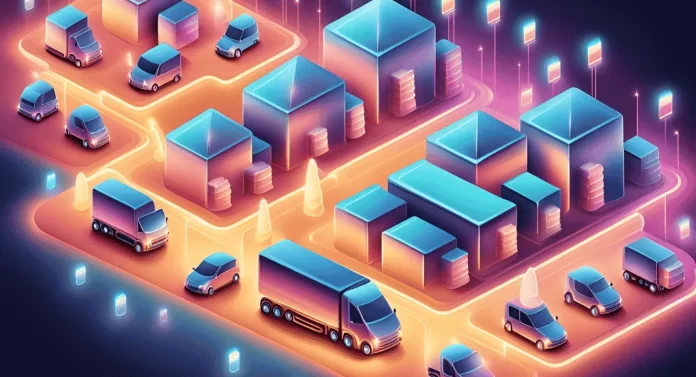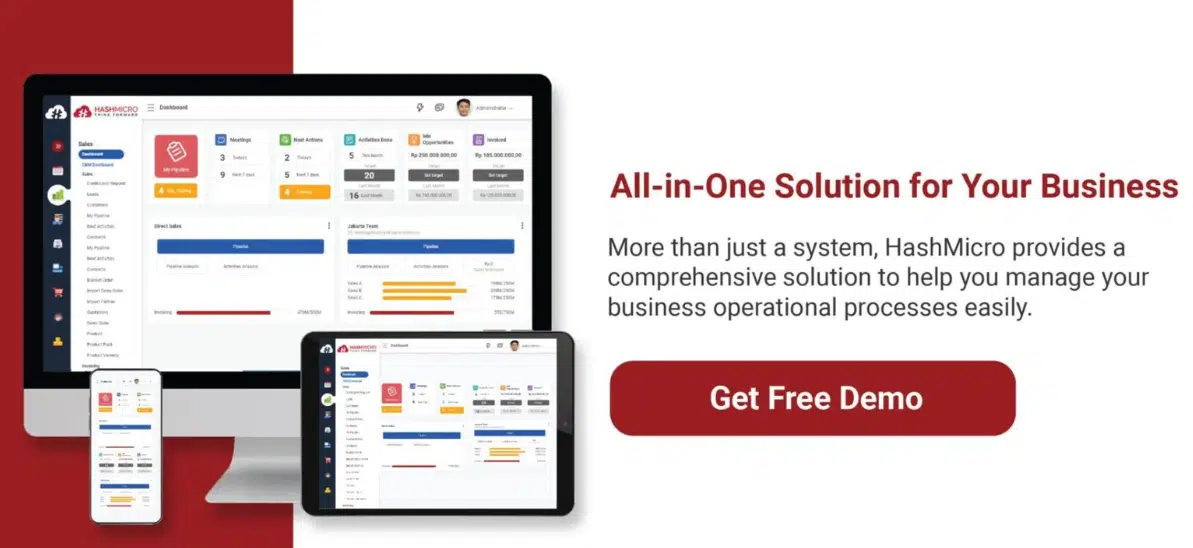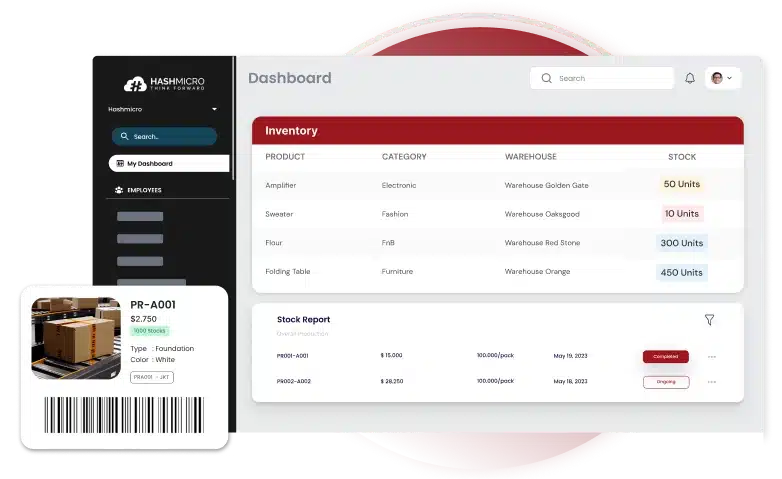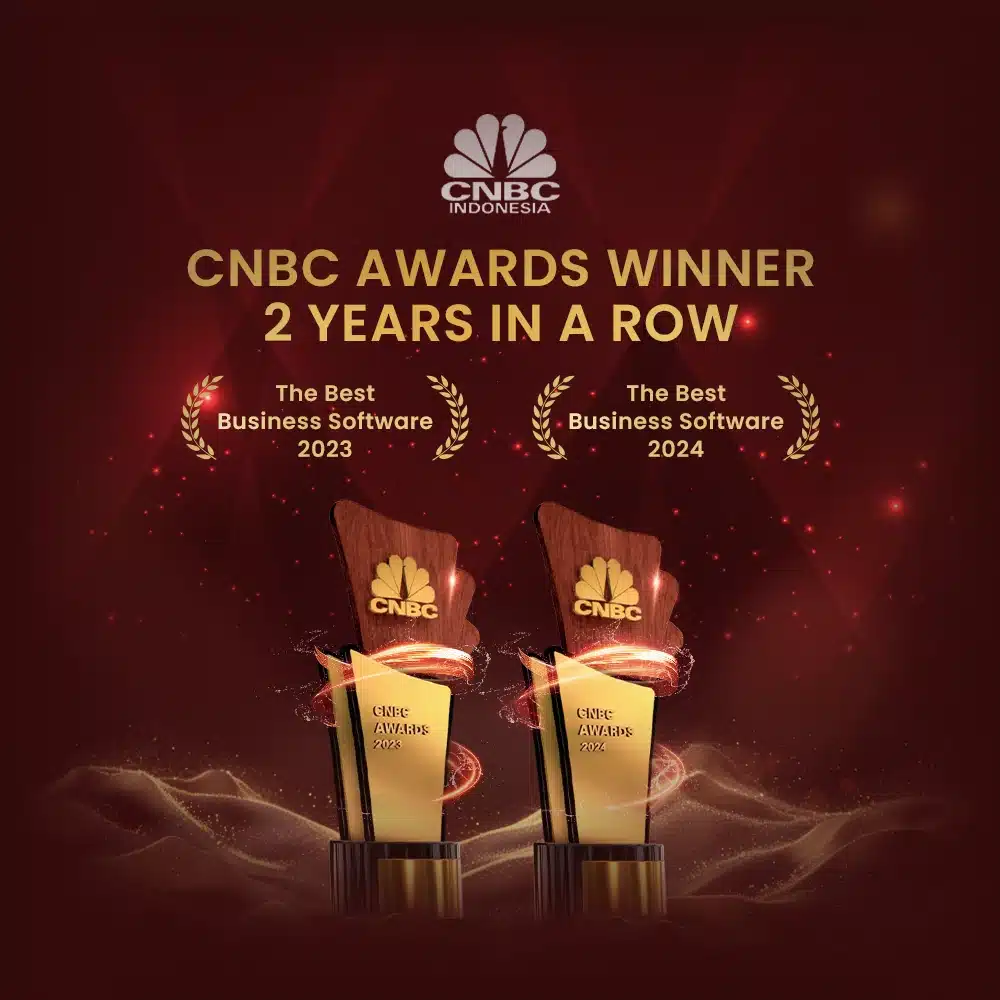Distribution is one of the most important processes in business operations. However, have you ever wondered how to increase its speed without sacrificing costs?
That is why it is important for you to know more about distribution, its types, and the best solutions to manage it. Otherwise, you’ll end up receiving goods late, leading your business to a poor corporate image and other financial losses.
Understanding the importance of distribution in your business, you can leverage Wholesale Distribution Software as your technology solution. Find out more about it in this article. With that, let’s start the discussion!
Key Takeaways
|
Table of Content:
Table of Content
What is Distribution?

Distribution is the process of delivering goods from producers to consumers, bridging production and consumption. It’s vital for ensuring products reach the right markets efficiently, with continuous distribution business improvement enhancing adaptability and performance.
In the distribution business, continuous improvement is essential to stay competitive. Distributors act as key intermediaries, purchasing goods from producers and reselling them to consumers. With digital technology, distribution channels have become more streamlined, making it easier to manage logistics and expand market reach.
Distributors must maintain optimal inventory, track stock movements, and anticipate demand to thrive. Using top inventory management software in Singapore helps streamline these processes, enabling smoother operations and better control across multiple locations.
Also read: Complete Guide to Distribution Management System for Business
What is the Destination of Distribution Activities?
To fully understand the impact of distribution on your business, it’s essential to explore the ultimate goal of distribution activities. So, what exactly is the destination of these efforts? Let’s dive into that now.
1. Ensuring the continuity of production
A good distribution activity will maintain the linkages between a production process so that no products accumulate in the warehouse for an extended period. Large and medium-sized producers are subject to the same conditions. Small producers, on the other hand, can make direct sales to shorten their distribution channels.
To help optimize the use of your warehouse space and allow you to calculate and track warehouse capacity automatically, you can use a warehouse management system so that it doesn’t interfere with the intensive distribution process. This system features product dimension tracking, location dimension management, warehouse in-depth reporting, etc.
2. Sending goods and services to consumers
Because not all consumers have direct access to producers, the purpose of distribution or the distribution process can make it easier for consumers to buy goods or services.
For example, the distributor can link consumers and producers for products manufactured by a large factory, allowing the product or service to be more targeted.
3. Maintaining economic and business systems
Not all producers can offer their goods and services. This is where distributors come into play in keeping a business economy running. Producers will suffer losses if already available goods and services are not distributed and stored in warehouses.
Meanwhile, consumers will suffer losses if necessary goods and services are unavailable. As a result, this activity will continue to exist as a link between economic activities that have become a part of human life. Warehouse distribution has a crucial role in maintaining this system. Hence, distributors must pay close attention to how the warehouses are managed.
Also read: Importance of DuPont Analysis for Corporate Financial Management.
Five Types of Distribution
Now that we’ve explored the importance of distribution, let’s take a closer look at the different approaches available. Here are five key types of distribution that can shape your business distribution:
1. Direct distribution
This first system is comprised of directly performing merchandise distribution activities. However, you may also suggest that producers serve as distributors to market and distribute their items to buyers.
This distribution procedure typically demands a reassessment of the company’s investment size. As a result, each organization will invest differently to put this system in place.
2. Indirect distribution
A third-party-involved indirect distribution system is the second type. Typically, producers of goods and services will outsource their sales to intermediaries, either individuals or affiliates.
In practice, there are various qualities among intermediates in the sphere of exporting commodities. Every business demands a dependable delivery service. It is also dependent on the capabilities and capital of the manufacturing organization.
3. Intensive distribution
Manufacturers often use this method to distribute products directly to various retail outlets. However, not all products are suitable for intensive distribution. Typically, companies reserve this approach for easily sellable goods or services.
For instance, food and beverage items usually don’t require complex distribution channels. Integrating key distribution software features can streamline this process, ensuring efficient product allocation across different retail locations.
4. Exclusive distribution
This distribution method occurs when the manufacturer and the merchant agree that they will sell the product through a specified window.
The arrangement established between Apple and AT&T to distribute their products in the United States is an example of this form of distribution. This method is excellent for high-demand unique product categories, such as Apple items.
5. Selective
The final distribution type is selective distribution, which is a combination of exclusive and intensive distribution. This type of business operates by distributing things to a vast number of places.
For example, big shoe and clothing labels, such as Nike, were carefully selected. As a result, in addition to its store, Nike products can be obtained in various sporting goods stores. Thus, it connects commercial activities that have become a part of everyday life.
Also read: 5 Benefits of Credit Note for Your Business.
What are the Several Stages of Distribution Channels Examples?
It’s crucial to understand the stages involved in a distribution channel. So, what are the key stages, and how do they play a role in delivering your product to the end consumer? The distribution process must go through several steps, which are as follows:
-
Producers
Because this is the stage at which product owners sell their items to distributors, they are also in charge of product availability. The producers must also reach an agreement with the distributor for the product distribution process to go smoothly.
-
Distributor
Furthermore, the distributor purchases items directly from the maker/producer and then sells them to retailers or wholesalers. As a result, wholesalers will have a single producer and sell their products at a lower price.
-
Sub-Distributors
Sub-distributors purchase products from primary distributors. In most cases, the direct distributor selects the distribution location for the products of the sub-distributors.
-
Wholesalers
Wholesalers are business owners who buy products from dealers and then sell them back to retailers and wholesalers.
-
Retail Traders
Retailers engage in direct purchase and sale to end-level consumers. Typically, these distributors connect with consumers directly, and consumers do not resell goods. With the right retail software, you can shorten your time in inventory management, enterprise data entry processes, and customer order fulfillment.
-
Consumers
This ultimate stage is a buyer who loves goods or services closely related to their aims and personal needs.
Almost every business today is required to have a good strategy for maintaining relationships with customers. One of the reasons is the increasing number of businessmen which makes the competition even more competitive. So we need a program like CRM Software that can help the business to be able to retain its customers.
Examples of Distribution Activities
To better understand the practical side of distribution, let’s take a look at some real-world examples of distribution activities. The following distribution actions can help to clarify the distribution process.
The first example is purchasing shallots from market onion traders, who source their onion farmers. Did you realize that this procedure indirectly distributes products since shallot dealers distribute shallot production to consumers?
Second, the purchase of chicken eggs from poultry farmers is now included in the example of direct sales of products because this distribution is carried out without intermediaries, specifically the manufacturing of chicken eggs. Instead, poultry is sold directly from chicken growers to consumers.
Finally, you must have bought products through e-commerce shopping, like groomsmen socks. This is called direct selling, but if the distributor only acts as a reseller,this activity can be classified as indirect selling.
Also read: Production Process in Business: Definition, Types, and Characteristics.
Optimize Your Distribution Process with a Wholesale Management System
Effectively managing the distribution process is the key to your business’s success. By handling the entire distribution process, from ordering to delivery, more efficiently, you can implement a Wholesale Management System in your business.
Founded in 2015 with thousands of clients relying on its solutions, HashMicro offers a Wholesale Management System (WMS) that streamlines and integrates all your distribution activities to make them more efficient.
Here are the key features you can find in HashMicro’s Wholesale Management System (WMS):
- Ease of data management: Manage thousands of consumer data easily in order to create personalized shopping experiences and increase revenue.
- Accounting and finance applications: Generate hundreds of invoices in just a few clicks with various professional templates that fit your company’s standards.
- Digitalization procurement activities: Reduce the risk of waste by automating the ordering of products and organizing each purchase request with a matrix of approval levels.
- Thorough inventory control: Get an accurate estimate of the amount of stock items that must be given in a specific time frame and automatically track stock movements.
- Easy report generation: Facilitate your business in generating report needs.
Conclusion
Distribution activities bridge the gap between production and consumption, ensuring that goods move efficiently from manufacturers to consumers. These activities, essential for the success of any business, can be executed through direct, indirect, or semi-direct distribution channels, depending on the company’s strategy. Effective sales and distribution processes are critical for maintaining smooth production cycles and delivering products safely and conveniently to consumers.
To optimize these processes, HashMicro offers the best wholesale software in Singapore. Designed to streamline transportation, shipping, and revenue analysis, this system ensures efficient product distribution while providing real-time insights into your company’s performance. Elevate your distribution operations today—request a free demo and experience the benefits of HashMicro’s advanced solutions firsthand!
Questions About Distribution Definition
What is the purpose of distribution?
The purpose of distribution is to ensure that products move efficiently from producers to consumers, making goods available at the right place, time, and quantity to meet market demand.How do I describe a distribution?
Distribution is the process of managing the flow of goods from production to consumption, involving activities like transportation, storage, and delivery to ensure products reach their intended markets.What is the main objective of distribution?
The main objective of distribution is to optimize product availability and accessibility while minimizing costs, ensuring a smooth connection between producers and consumers.



